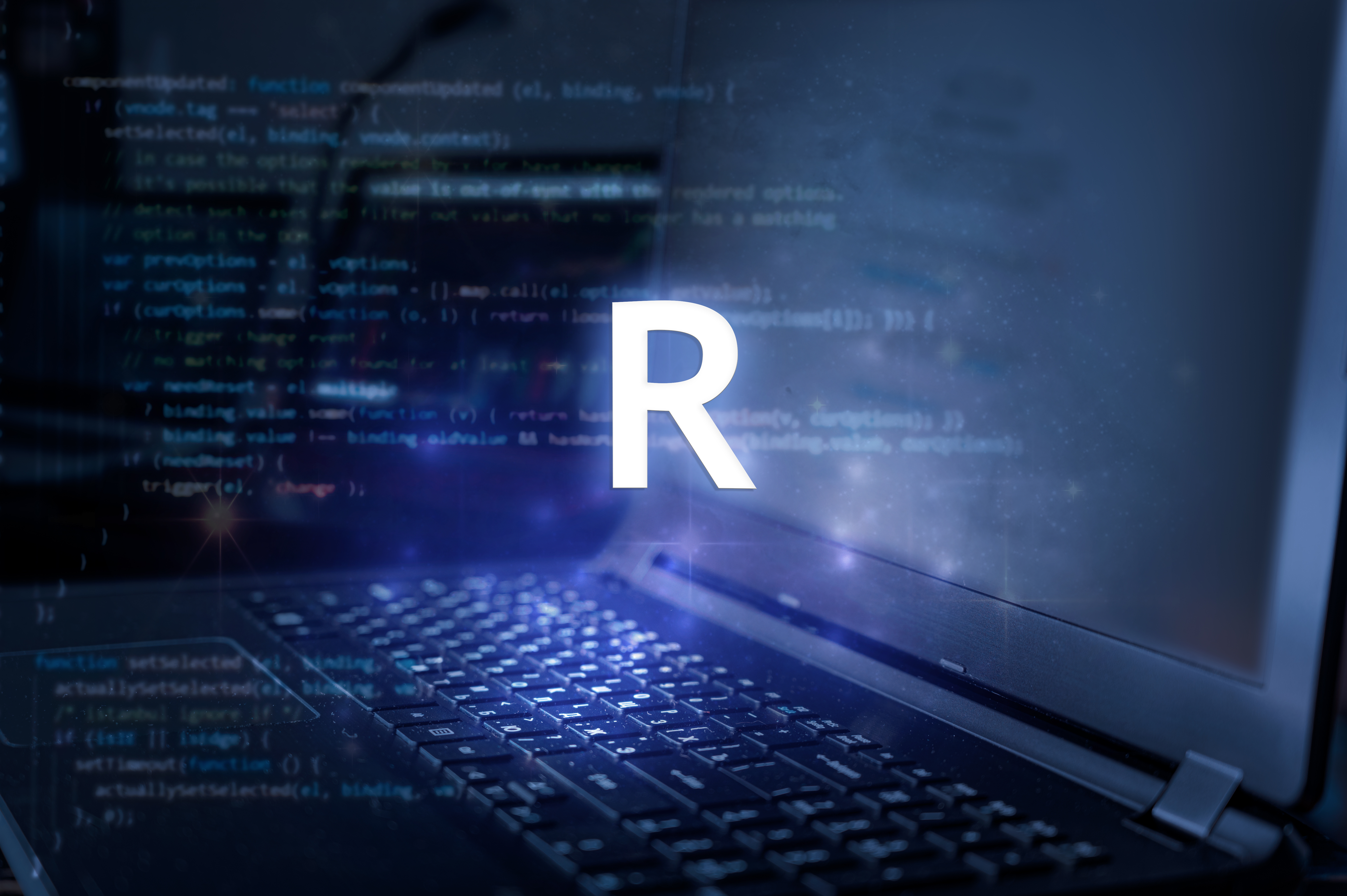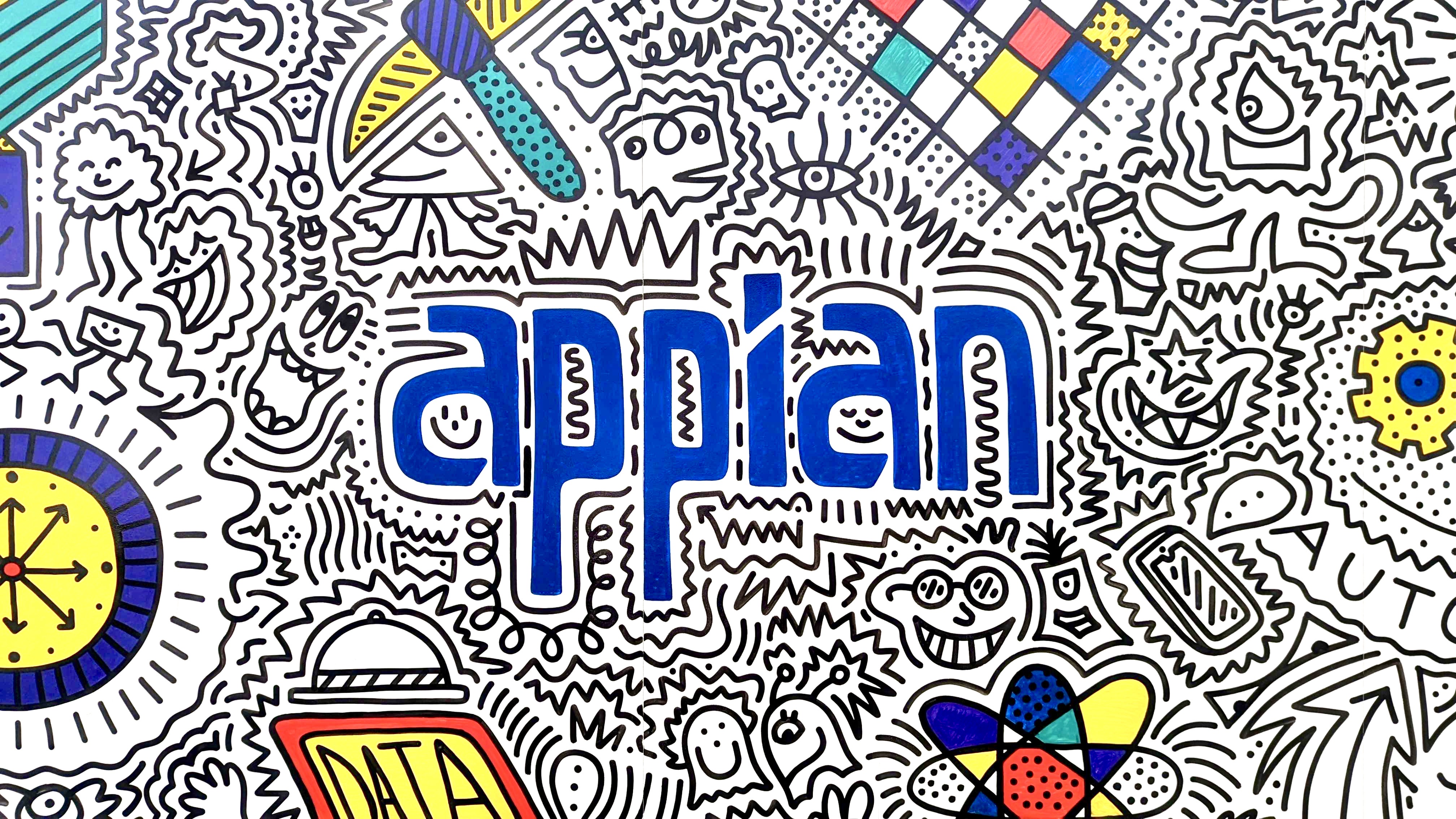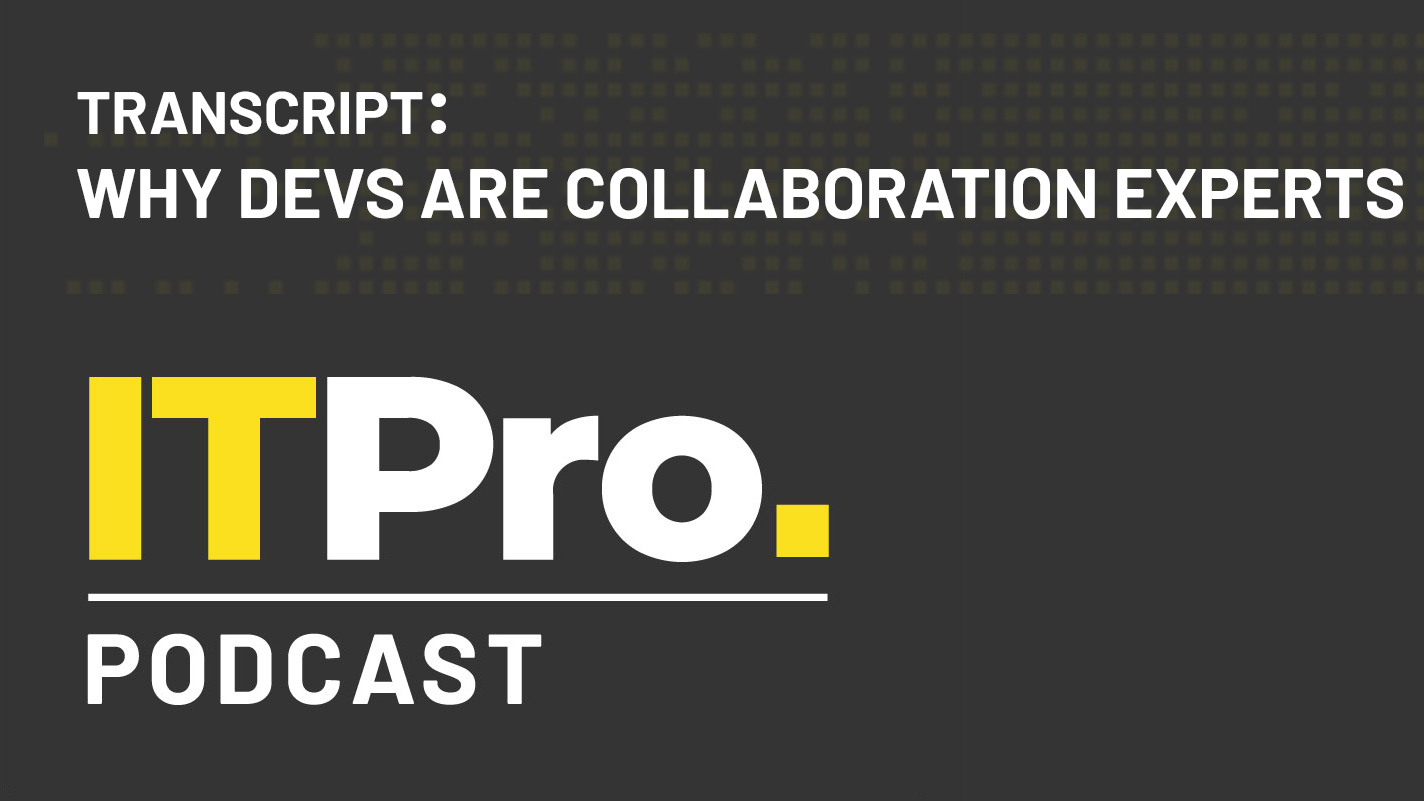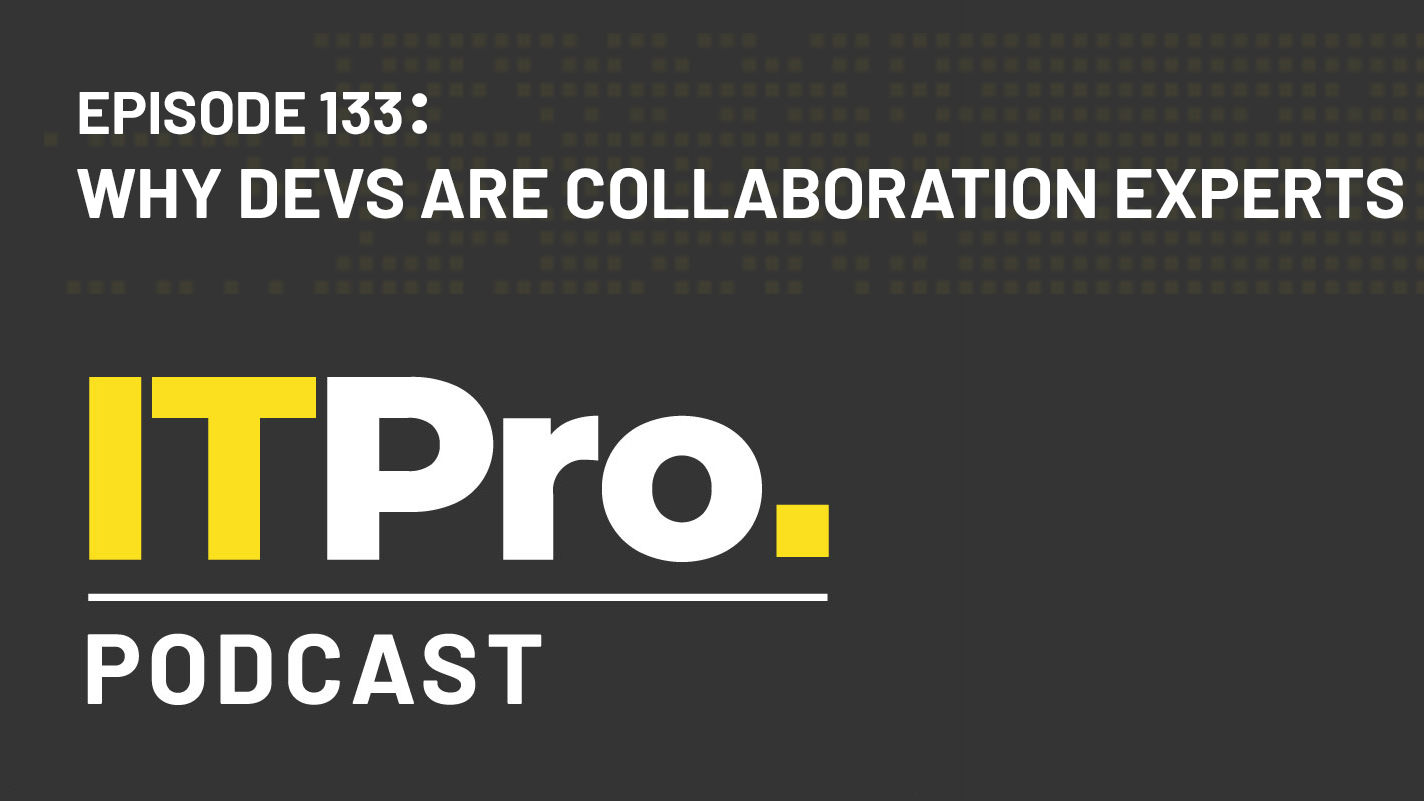The 9 best courses for R
Whether it’s data science, machine learning, and statistics you are interested in, there’s a course that will teach you R


One of the most popular languages in the world of data science to program in is R. It is the 12th most popular programming language, according to recent RedMonk ratings.
It helps users analyze structured and unstructured data, which has made it the standard language for carrying out statistical operations. It has features that set it apart from other languages used in data science.
It was initially developed in 1993 by Ross Ihaka and Robert Gentleman. Like the S language, R is a GNU project, but it is a different implementation of S. While there are significant differences, most code written for S runs unaltered under R.
The S language is used for research in statistical methodology while offering an open source way to participate in that activity.
Why learn R?
As mentioned earlier, R excels at statistical computing. Data visualization is known to be easier using R than with Python. It also has built-in functionality and useful tools that make performing tasks simpler in areas such as visualization, reporting, and interactivity.
There are over 2,000 free open source libraries for finance, cluster analysis, high-performance computing (HPC), statistics, machine learning, and data science. R is open source, so users can freely install, use, update, clone, modify, and redistribute it. It is also cross-platform, so it runs on Windows, Mac OS X, and Linux. It can also import data from Microsoft Excel, Microsoft Access, MySQL, SQLite, Oracle, and many others.
Python is known for being friendly for beginners. However, when you understand R’s syntax, you learn it offers a big advantage in learning data science basics, as it was designed with data manipulation and analysis in mind.
Get the ITPro daily newsletter
Sign up today and you will receive a free copy of our Future Focus 2025 report - the leading guidance on AI, cybersecurity and other IT challenges as per 700+ senior executives
Organizations worldwide use R with data manipulation and analysis in mind.
What are the best courses for R
There are many online courses people can take to learn this powerful language. Below is a selection of the best.
R Programming A-Z: R For Data Science with Real Exercises!
Provider: Udemy
URL: https://www.udemy.com/course/r-programming/
Course length: 10.5 hours
This step-by-step course helps students learn to program in R. It teaches the core principles of programming and how to create variables. Parts of the course teach you how to use R Studio and customize it to your preferences. There is also practice in financial, statistical, and sports data in R. Students will also learn about Normal distribution and Law of Large Numbers.
R Programming
Provider: Coursera
URL: https://www.coursera.org/learn/r-programming
Course Length: 57 hours
In this course, students learn how to program in R and use it for purposes such as data analysis. Students learn how to install and configure software necessary for a statistical programming environment and describe generic programming language concepts as they are implemented in a high-level statistical language.
The course covers practical issues in statistical computing, including programming in R, reading data into R, accessing R packages, writing R functions, debugging, profiling R code, and organizing and commenting R code. Topics in statistical data analysis will provide working examples.
Programming for Data Science with R
Provider: Udacity
URL: https://www.udacity.com/course/programming-for-data-science-nanodegree-with-R--nd118
Course Length: 3 months at 10 hours a week
This nanodegree program helps students learn the programming fundamentals required for a career in data science. By the end of the program, students will use R, SQL, Command Line, and Git.
The introductory program has three modules: Introduction to SQL, Introduction to R Programming, and Introduction to Version Control. The module on R Programming teaches fundamentals such as data structures, variables, loops, and functions. Students will learn to visualize data in the popular data visualization library ggplot2.
Data Science: R Basics
Provider: edX
URL: https://www.edx.org/course/data-science-r-basics
Course Length: 8 weeks at 1-2 hours per week
This is the first part of a multi-part course that leads to a Professional Certificate Program in Data Science. It introduces students to the basics of R programming and builds a foundation that paves the way for the more in-depth courses later in the series where concepts such as probability, inference, regression, and machine learning, are covered.
Students can develop a skill set that includes R programming, data wrangling with dplyr, data visualization with ggplot2, file organization with UNIX/Linux, version control with git and GitHub, and reproducible document preparation with RStudio.
Statistics with R Specialization
Provider: Coursera
URL: https://www.coursera.org/specializations/statistics
Course Length: 7 months at 3 hours per week
There are five modules in this course from Duke University. These are Introduction to Probability and Data, Inferential Statistics, Linear Regression and Modeling, Bayesian Statistics, and Statistics with R Capstone.
The capstone project will be an analysis using R that answers the course team’s specific scientific/business question. A large and complex dataset will be provided to learners and the analysis will require the application of various methods and techniques introduced in the previous courses.
R Programmer
Provider: Datacamp
URL: https://www.datacamp.com/tracks/r-programmer
Course Length: 44 hours
This course provides programming skills needed to successfully develop software, wrangle data, and perform advanced data analysis in R. Students need no prior coding experience and will learn how to manipulate data, write efficient R code, and work with challenging data, including date and time data, text data, and web data using APIs.
There are interactive exercises to gain experience working with R libraries, including devtools, testthat, and rvest, that will help students perform important programmer tasks, such as web development, data analysis, and task automation
Data Science and Machine Learning Bootcamp with R
Provider: Udemy
URL: https://www.udemy.com/course/data-science-and-machine-learning-bootcamp-with-r/
Course Length: 17 hours 45 minutes
This course is designed for beginners with no programming experience or experienced developers looking to jump to Data Science.
Students learn how to program with R, create data visualizations, and use machine learning with R. This includes linear regression, decision trees, random forests, neural nets and deep learning, and support vector machines.
R for Data Science: Lunchbreak Lessons
Provider: LinkedIn Learning
URL: https://www.linkedin.com/learning/r-for-data-science-lunchbreak-lessons
Course Length: 13 hours 8 minutes
Lunch Break Lessons teaches R in short lessons that expand on what existing programmers already know. Students can review language basics, discover methods to improve existing R code, explore new and interesting features, and learn about useful development tools and libraries to make their time programming with R more productive.
R Programming: Advanced Analytics in R For Data Science
Provider: Udemy
URL: https://www.udemy.com/course/r-analytics/
Course Length: 5 hours 58 minutes
This course is for anyone who has basic R knowledge and would like to take their skills to the next level to become proficient at data science and analytics with R.
Students are expected to have taken and completed the R Programming A-Z course. Students learn how to prepare data for R analysis, perform the median imputation method in R, work with date-times in R, what lists are and how to use them, and what the Apply family of functions is.
Rene Millman is a freelance writer and broadcaster who covers cybersecurity, AI, IoT, and the cloud. He also works as a contributing analyst at GigaOm and has previously worked as an analyst for Gartner covering the infrastructure market. He has made numerous television appearances to give his views and expertise on technology trends and companies that affect and shape our lives. You can follow Rene Millman on Twitter.
-
 Bigger salaries, more burnout: Is the CISO role in crisis?
Bigger salaries, more burnout: Is the CISO role in crisis?In-depth CISOs are more stressed than ever before – but why is this and what can be done?
By Kate O'Flaherty Published
-
 Cheap cyber crime kits can be bought on the dark web for less than $25
Cheap cyber crime kits can be bought on the dark web for less than $25News Research from NordVPN shows phishing kits are now widely available on the dark web and via messaging apps like Telegram, and are often selling for less than $25.
By Emma Woollacott Published
-
 Appian wants to be the AI company for AI skeptics
Appian wants to be the AI company for AI skepticsAnalysis The firm outlines its AI strategy at Appian World 2023 while using ChatGPT and Midjourney to create scripts and imagery for keynote presentations
By Rory Bathgate Published
-
 GitHub launches paid remote internships with expansion plans underway
GitHub launches paid remote internships with expansion plans underwayNews The launch follows a successful trial and will initially be available for students in ten countries
By Zach Marzouk Published
-
 Record computing degree applications driven by AI interest, says BCS
Record computing degree applications driven by AI interest, says BCSNews The institute suggested students are attracted to computer sciences by innovative areas, which also include machine learning and the fight against climate change
By Rory Bathgate Published
-
 Women pursuing computing degrees surges, the biggest growth rate of any subject area
Women pursuing computing degrees surges, the biggest growth rate of any subject areaNews However, the amount of women beginning computing degrees this year is still low compared to men, a figure of 6,450 compared to 27,735
By Zach Marzouk Published
-
 Are coding bootcamps worth the investment?
Are coding bootcamps worth the investment?In-depth Fast-track software development programmes often promise a quick way into a high-paying and lucrative career, but you’d be right to approach with caution
By Connor Jones Published
-
 Why low-code and no-code can be a route through recession
Why low-code and no-code can be a route through recessionIn-depth Businesses in need of cost and time-savings might benefit from alternative methodologies
By John Loeppky Published
-
 Podcast transcript: Why devs are collaboration experts
Podcast transcript: Why devs are collaboration expertsIT Pro Podcast Read the full transcript for this episode of the IT Pro Podcast
By IT Pro Published
-
 The IT Pro Podcast: Why devs are collaboration experts
The IT Pro Podcast: Why devs are collaboration expertsIT Pro Podcast When it comes to cooperation, businesses could learn a few things from their IT team
By IT Pro Published